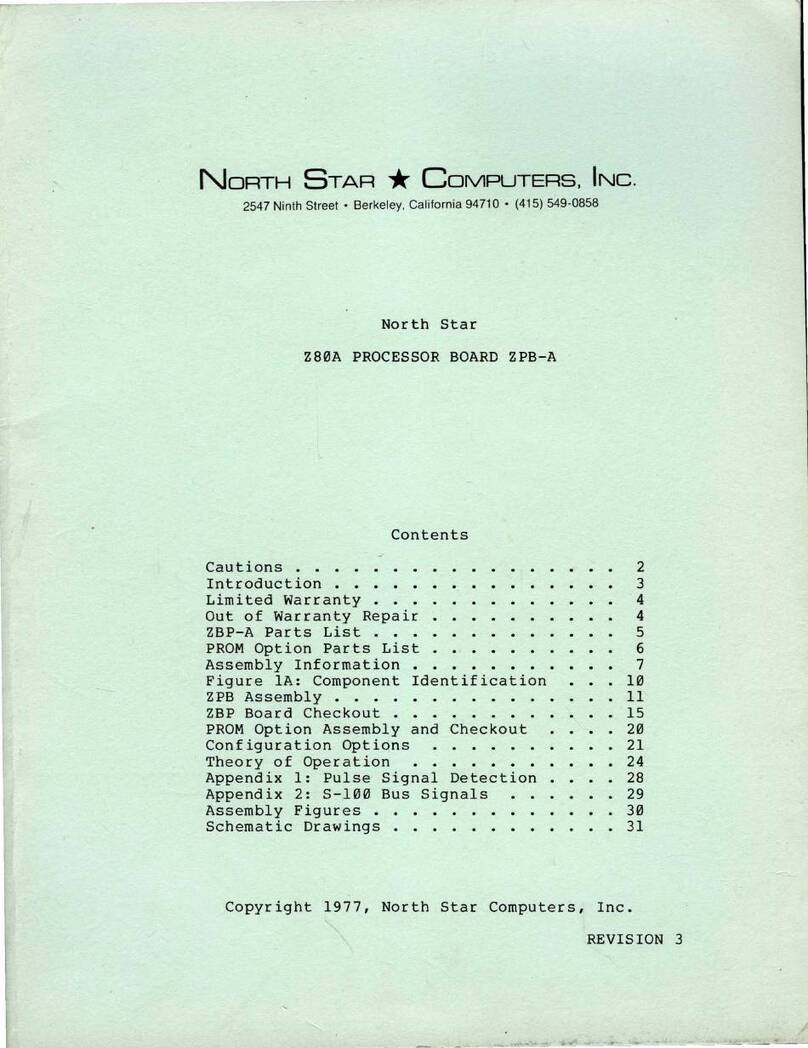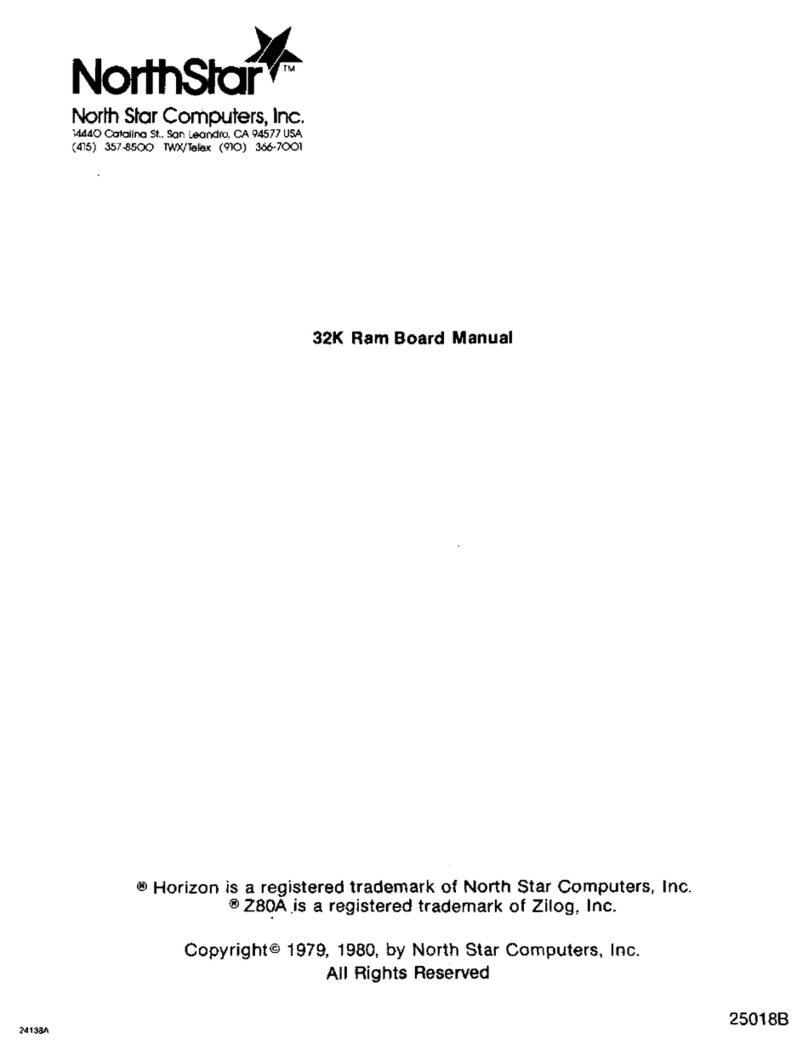
ASSEMBLY INFORMATION
Read completely through each section before beginning the first
instruction step of that section. Perform all operations in the
sequence indicated. Read each step entirely, including any notes
that accompany the step, before beginning to follow the step.
WORK AREA AND TOOLS
Start with a clean, well-lit and well-ventilated area to work.
The area should be large enough to accommodate the kit, tools,
parts and assembly instructions. Suggested tools are:
screwdrivers, needle-nose pliers, diagonal cutters, soldering
iron, solder, ahd masking tape. A number of tests will require
using a VOM (ohmmeter-voltmeter), or VTVM. Also highly
desirable, but not necessary, are an IC inserter, a screw-holding
screwdriver, an oscilloscope or logic probe, and an extender
card. [Note that if you do not have an oscilloscope or logic
probe, waveforms can be detected by one of the procedures
described in Appendix 1.]
SOLDERING TIPS
For best results use a 15 to 25 watt soldering iron or an iron
with a temperature controlled tip (approximately 700 degrees).
The tip should be no wider than the solder pads on the printed
circuit board. Use only a fine gauge rosin core solder (60/40 or
63/37). Do NOT use acid core solder as this can severely damage
a printed circuit board. When soldering, keep the soldering iron
tip on the pad just long enough for the solder to completely
flow. If the solder does not draw up the wire then more solder
is required. Do not use so much solder that it overflows the
pad. If a solidified joint is not shiny, it may be a cold solder
joint and should be remelted. The soldering iron tip should be
cleaned frequently by wiping on a damp sponge
When you have completed assembly of a board, inspect it for
unintended solder connections or "bridges", as well as unsoldered
leads. After soldering, it is recommended that the rosin flux be
removed from the board using flux remover, FREON or paint-thinner
type solvent. This will make looking for soldering problems
easier and give the board a clean, professional appearance
IC SOCKET INSTALLATION
Integrated circuit (IC) sockets can be installed by first
inserting them into the printed circuit board, then placing
another flat board over the IC sockets and finally turning over
this sandwich. Be sure that each IC socket is inserted into the
proper location and is oriented such that pin 1 of the socket
corresponds to the pin 1 indication on the PC board layout
legend. (Refer to figure 1A to identify pin 1 on an IC socket.)
To solder IC sockets, first solder just two opposite corner pins
North Star 16K RAM Board 6






























